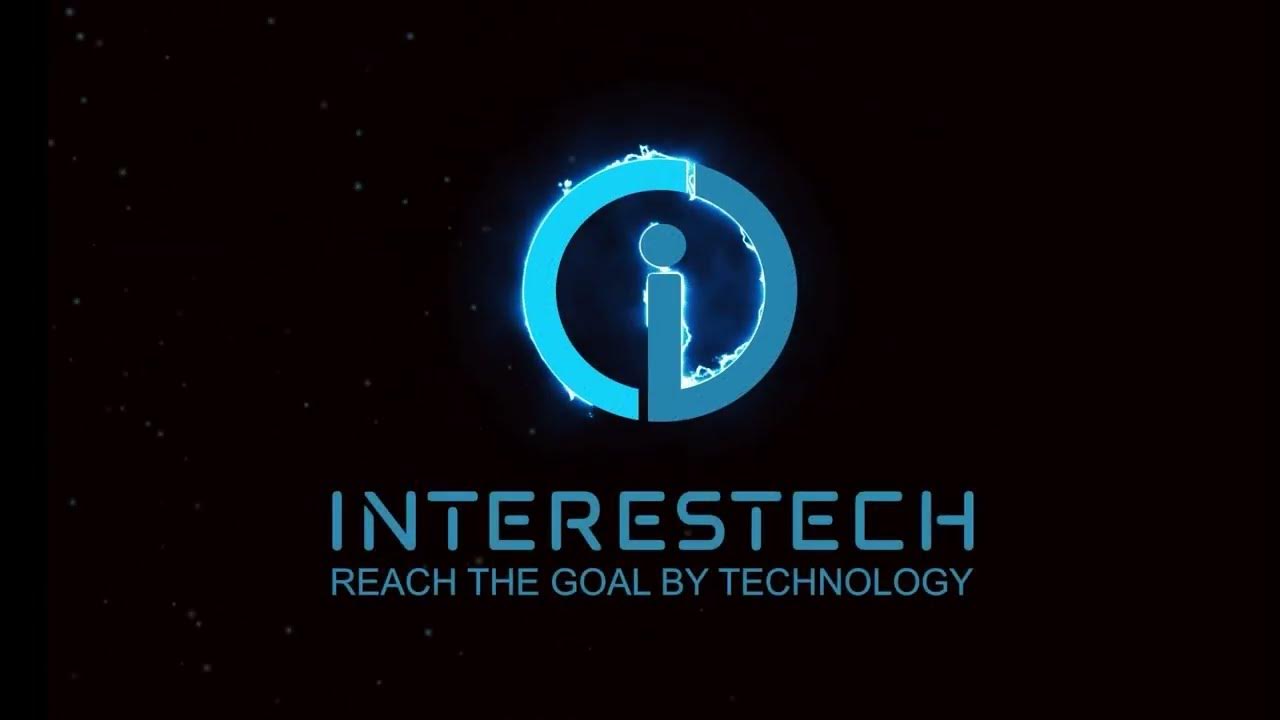Active And Passive Components | Basic Electronics Components
Summary
TLDRThis video from Instrumentation Hub introduces viewers to the world of basic electronic components, distinguishing between passive and active components. It delves into the functions and applications of resistors, capacitors, and inductors as passive elements, while exploring transistors, BJTs, FETs, and MOSFETs as active components. The educational content aims to simplify complex concepts, making electronic engineering accessible for beginners and enthusiasts alike.
Takeaways
- 📚 The channel 'Instrumentation Hub' is dedicated to learning and growth in the field of engineering.
- 🔌 Basic electronic components are categorized into two types: passive and active components.
- 🔄 Passive components control or modify the output of an electronic circuit without amplifying the signal, unlike active components.
- 💾 Passive components store energy in the form of voltage or current, while active components generate energy.
- 🚫 Passive components cannot control the flow of current, whereas active components can.
- 🔌 Examples of passive components include resistors, capacitors, inductors, and transformers.
- 🔋 Active components are divided into electron tubes and semiconductor devices, such as diodes, BJTs, FETs, UJTs, SCRs, MOSFETs, and various ICs.
- 🔍 The video script provides a detailed explanation of three major passive components: resistors, capacitors, and inductors.
- 🛡️ Resistors oppose the flow of electrical current and are measured in ohms, used in various circuits for different purposes.
- 🔋 Capacitors store electrical energy and allow AC to pass while blocking DC, with applications in energy storage and filtering circuits.
- 🌀 Inductors work on the principle of electromagnetic induction, used to reduce electronic spikes and in various circuits like RF chokes and oscillators.
- 🔄 Active components like transistors, BJTs, FETs, and MOSFETs are essential for amplification and switching in electronic devices.
- 🔗 The script also mentions the importance of understanding different types of transistors, such as PNP and NPN, and their applications.
Q & A
What is the main purpose of the Instrumentation Hub channel?
-The main purpose of the Instrumentation Hub channel is to educate and help viewers grow technically, providing opportunities to explore the field of engineering.
What are the two main categories of electronic components mentioned in the script?
-The two main categories of electronic components mentioned are passive components and active components.
What is the primary function of passive components?
-Passive components control or modify the output of an electronic circuit without playing an active role in its performance. They do not amplify signals and are not self-activated.
How do active components differ from passive components?
-Active components can amplify signals by producing an output signal with more power than the input signal, unlike passive components. They also have the ability to control the flow of current.
What are some examples of passive electronic components listed in the script?
-Examples of passive electronic components listed include resistors, capacitors, inductors, and transformers.
What is a resistor and what is its primary function?
-A resistor is a passive component that opposes the flow of electrical or electronic signal current. It is used in circuits to reduce the current flow and is measured in ohms.
What is the role of a capacitor in an electronic circuit?
-A capacitor is used to store electrical energy in the form of charge and can bypass alternating current (AC) easily while opposing direct current (DC).
What is the basic structure of an inductor?
-An inductor typically consists of a coil structure made of insulated wire that is looped around a central area, working on the principle of electromagnetic induction.
What are the two major types of transistors mentioned in the script?
-The two major types of transistors mentioned are the NPN and PNP transistors.
What property of transistors allows them to be used in amplification and as switches?
-Transistors have the property of amplification, which allows them to increase the strength of weak signals, making them suitable for use in amplification and as electronic signal switches.
What are the three terminals of a BJT (Bipolar Junction Transistor)?
-The three terminals of a BJT are the emitter, base, and collector.
What is the primary function of a Field Effect Transistor (FET)?
-A Field Effect Transistor (FET) is primarily a voltage-controlling device used for various applications, including amplification and switching.
What are the three terminals of a MOSFET (Metal Oxide Semiconductor Field Effect Transistor)?
-The three terminals of a MOSFET are the drain, gate, and source.
What are some applications of MOSFETs mentioned in the script?
-MOSFETs are used in inverters, digital circuits, and amplifiers.
Outlines

This section is available to paid users only. Please upgrade to access this part.
Upgrade NowMindmap

This section is available to paid users only. Please upgrade to access this part.
Upgrade NowKeywords

This section is available to paid users only. Please upgrade to access this part.
Upgrade NowHighlights

This section is available to paid users only. Please upgrade to access this part.
Upgrade NowTranscripts

This section is available to paid users only. Please upgrade to access this part.
Upgrade NowBrowse More Related Video

Modul 3 subtopik 2.1. Jenis, Fungsi dan Cara Kerja Komponen Elektronika

What are the Classifications of Electronic Components | Passive & Active Components | EDC

#2 Komponen dan Alat Pendukung IoT 1 (Komponen Dasar Elektronika, Sensor dan Aktuator)

PT&I P 3

Tutor ELDAS : Bagian 2 #LabElkom

Rangkuman Materi: Penginderaan Jauh
5.0 / 5 (0 votes)